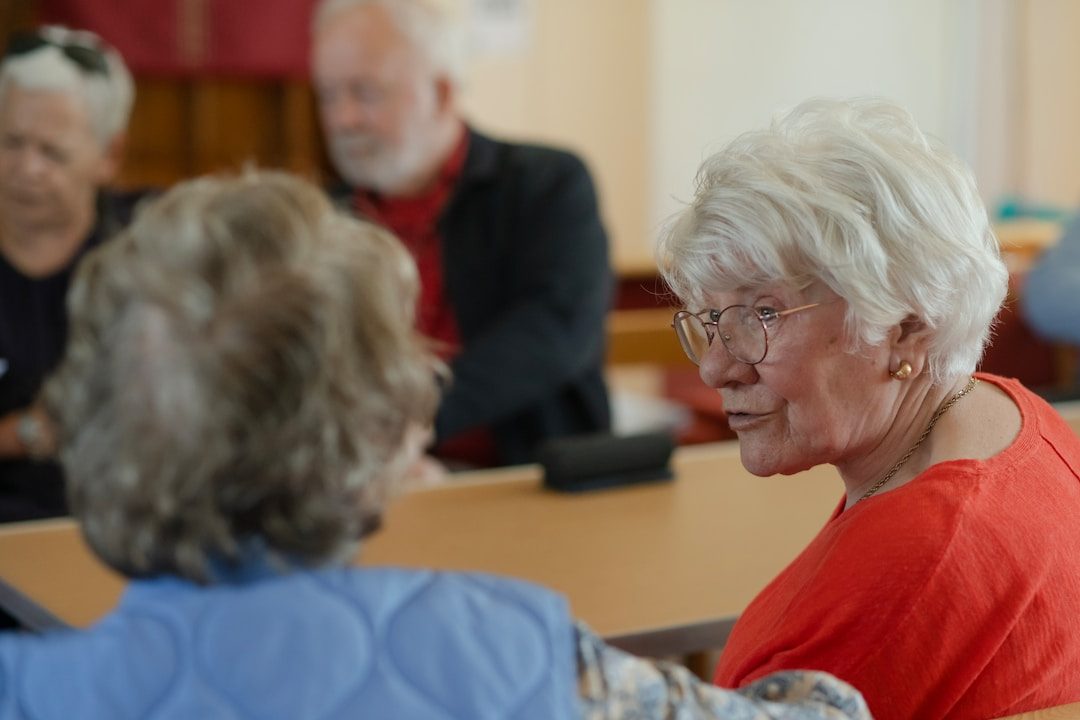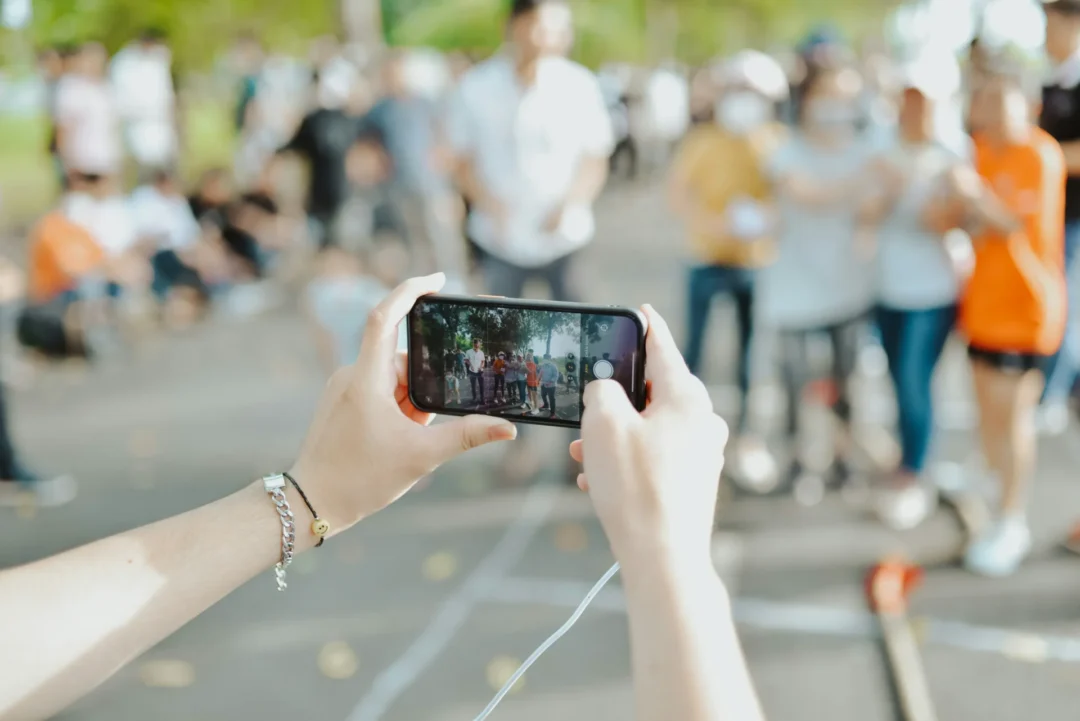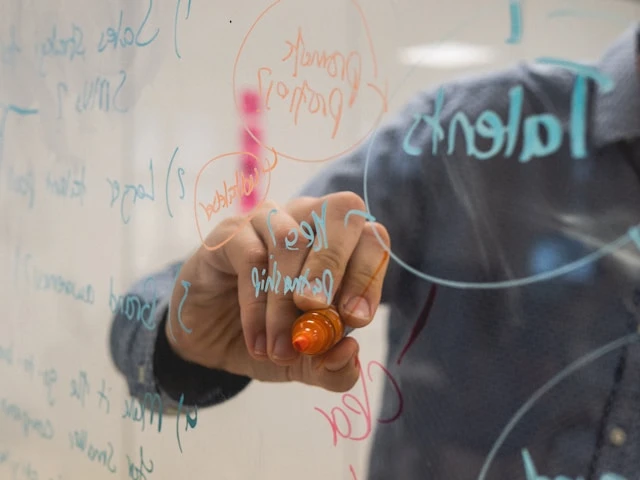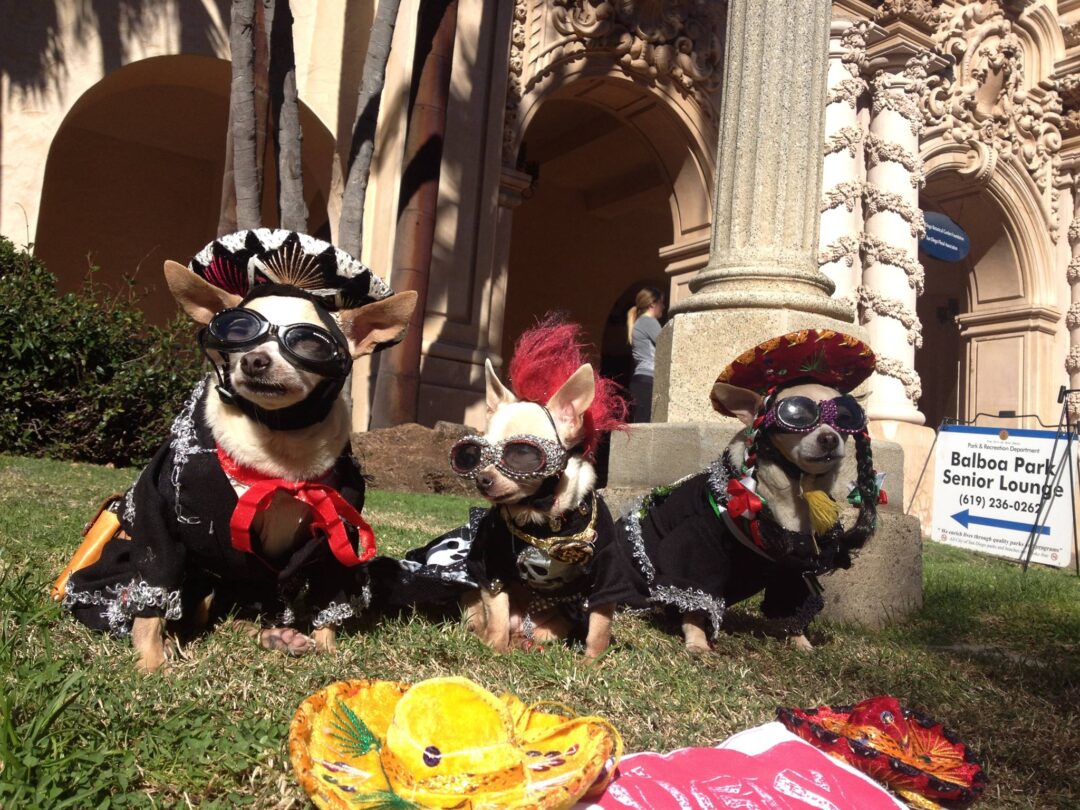Build Lasting Volunteer Relationships
Immerse Potential Donors
in Your Long-Term Vision
Donor psychology
Volunteers who show genuine interest in your mission don’t show up just to take up space and time; they’re seeking meaningful ways to demonstrate trust, significance & generosity in the hope of making an impact through their commitment.
I know, it’s a corny, overused image but it really does illustrate what can be achieved.
They don’t show up to lend a helping hand:
they’re there to be your accomplice in the climb
They’re not lending a hand; they’re looking for a partner for the climb. As nonprofit practitioners, are we categorizing each “donation” as transactional? We give thanks for the lifeline, but most supporters’ perception is, what they’ve extended, is a length of rope to win the tug of war. They want to do more, pull more… forge relationships
A transactional relationship is like asking them to hand you a carabiner. They don’t know what it looks like and definitely don’t know what it’s for. Meanwhile you’re dangling and it’s critical that you get it now!
A truly collaborative and symbiotic partnership is about lacing up your snowshoes together (while explaining and demonstrating the critical importance of the carabiner) sharing the rope, and planting a pick in the ice with complete trust in one another. It’s about a mutual commitment to reach the summit, where every step forward is a shared success and the view from the top celebrates what you’ve built together.”
Here’s the thing though. Building relationships is hard. Legacy-based fundraising is a long-term endeavor. It only works if:
- Your MISSION is Priority #1
- You maintain COMPLETE CONTROL
-
- your contacts & their ties
- your database
- your supporters, volunteers, donors and benefactors are treated as “always valued”, members of your community
- You learn to identify, utilize and embrace the local resources that surround you
- You incorporate Storytelling, but not your agency’s, your volunteer’s & donor’s stories
- Processes are manageable (we too remember the job insecurity of struggling from one grant to the next!)
- You adopt private sector sales principles of RETENTION – an existing customer is simpler to cultivate and is far less expensive than acquiring a new one…
- Legacy-based fundraising is incorporated into the fabric of your higher mission, not just one more thing you dump off on your staff
Please note: Everything I talk about in terms of building Donor relationships comes from the mistakes and successes I’ve personally experienced. The strategies I outlined have been things we’ve actually implemented at nonprofits I’ve worked with.
I’ve been employed in the nonprofit sector as well as volunteered, served on committees, campaigned and won an elected Governing Board seat on the second largest school district in the state of Arizona and I currently serve on the Board of Directors for an international nonprofit that teaches Coding to more than 500,000 elementary school children.
Still though, I take issue (and personal responsibility) with the way we behave toward the passionate individuals and families who show up in support of our nonprofits, based on causes that resonate for their families. They come, with all the right intentions, committed to accomplishing any tasks we assign to them, (usually time-sensitive, busy work, as a fundraising gala or event approaches).






